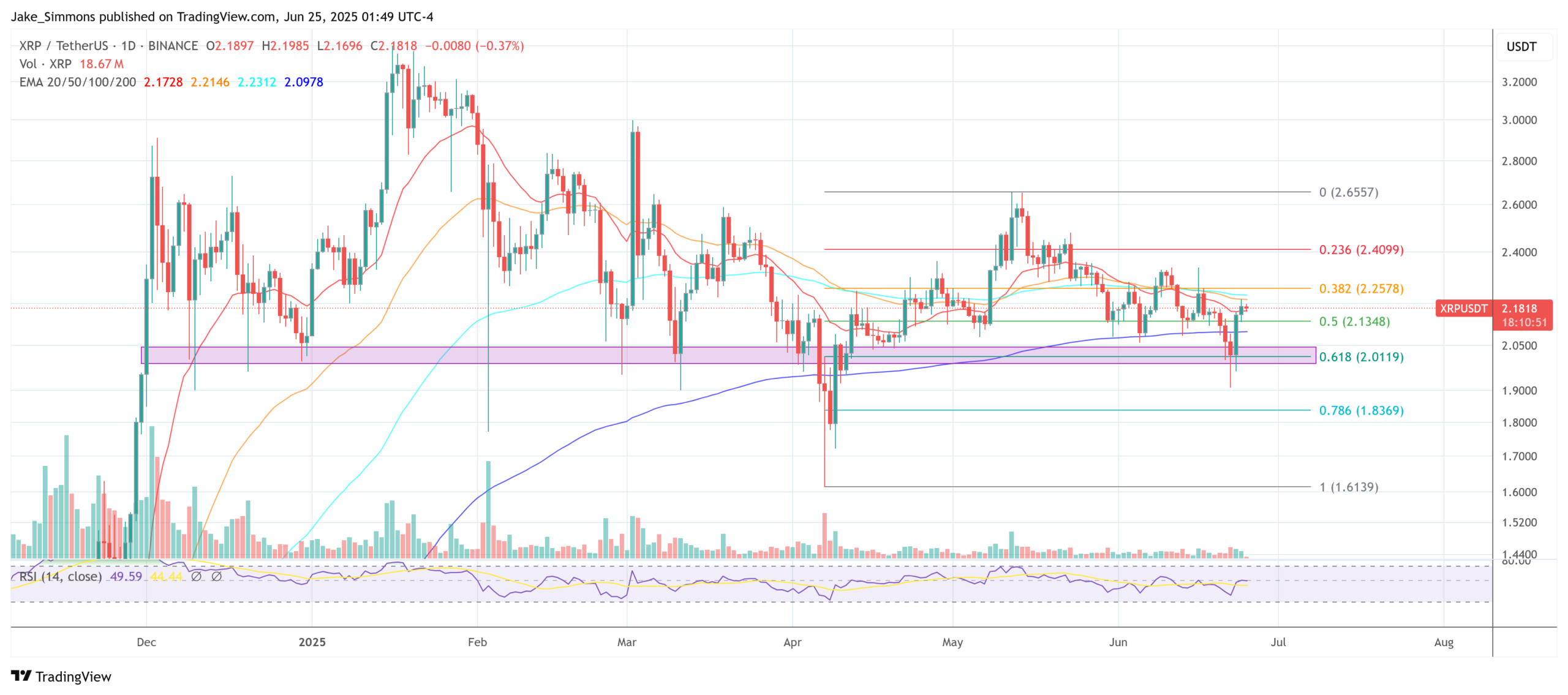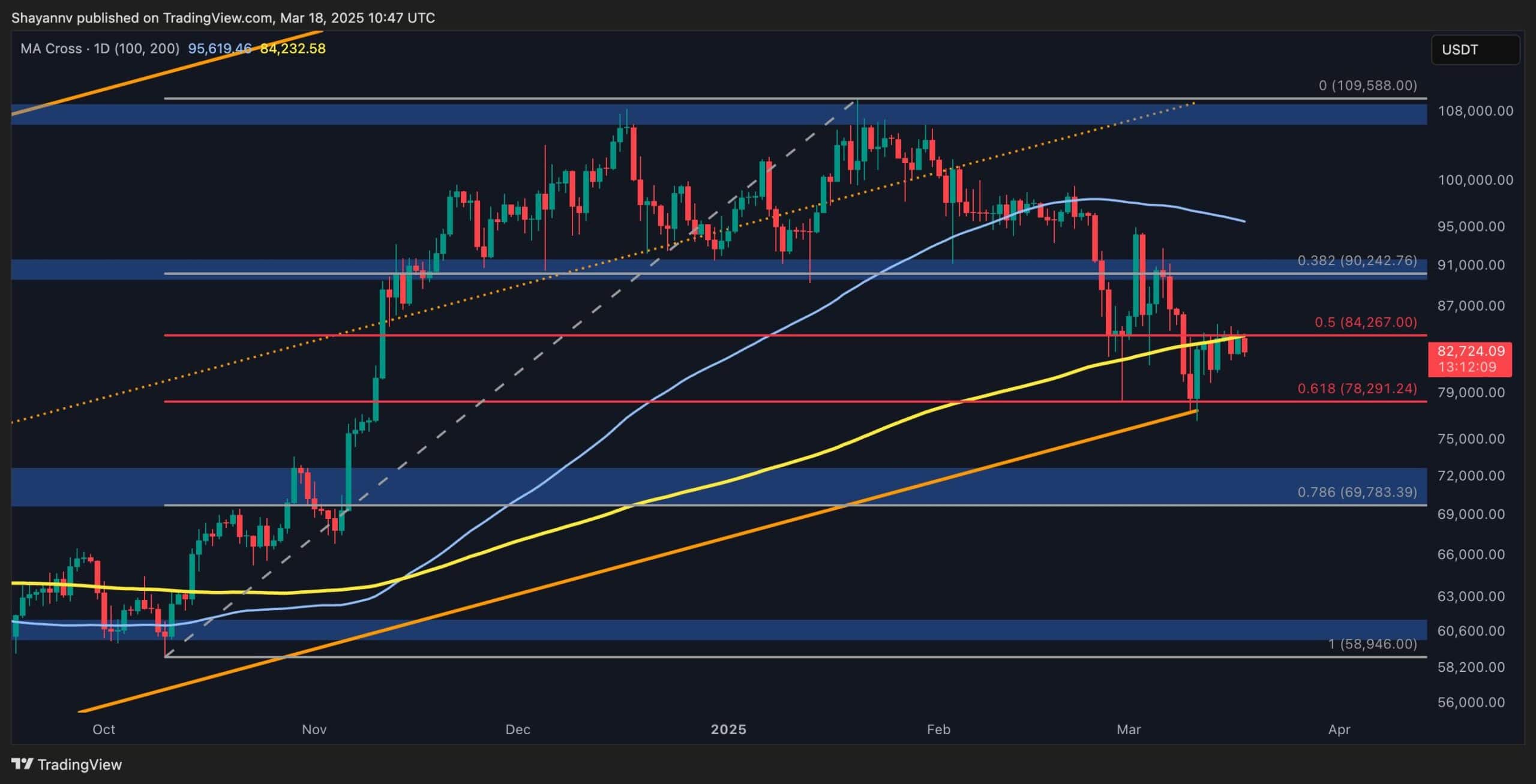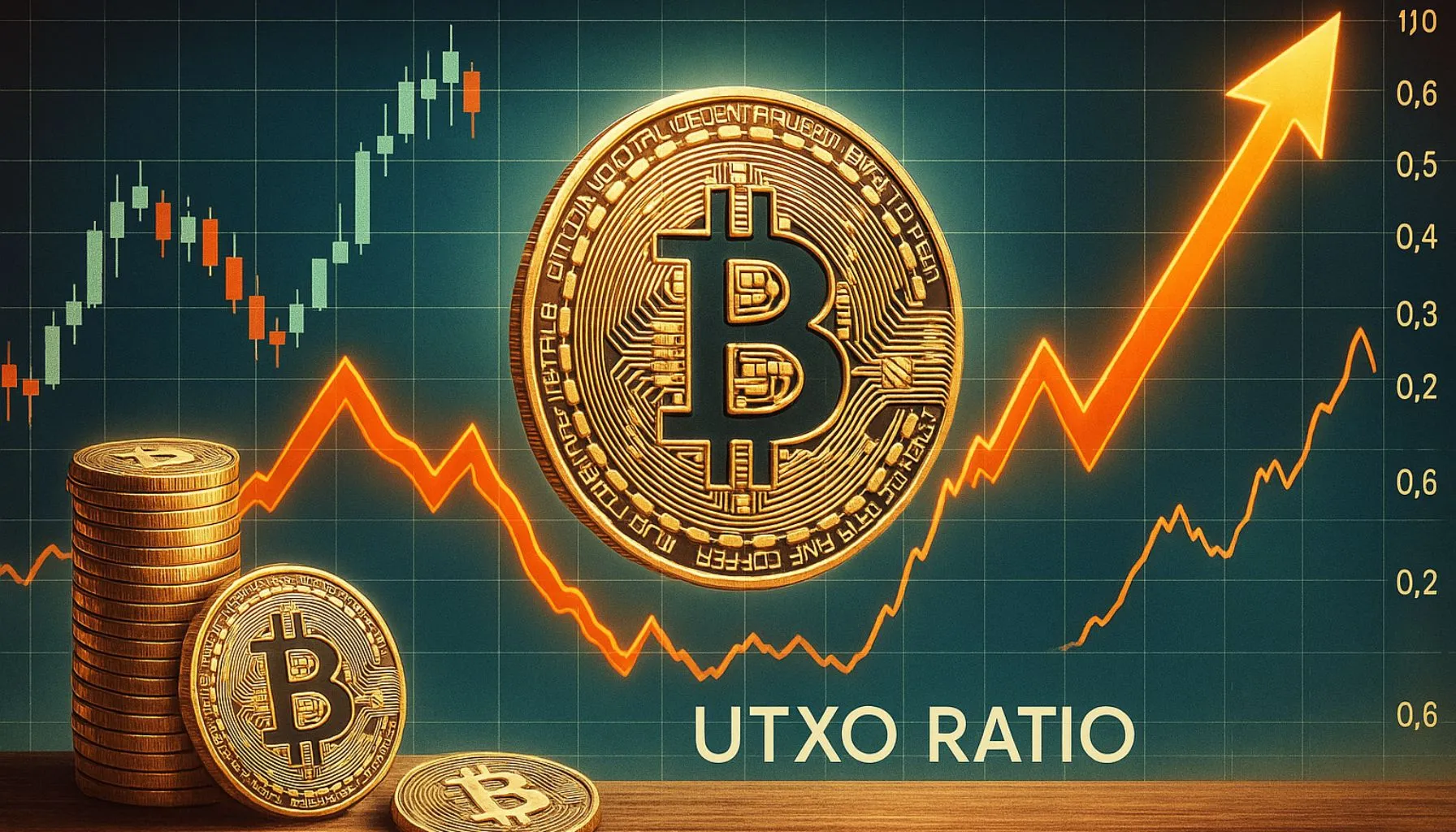The European Central Bank (ECB) has quietly given the XRP Ledger a place in its wholesale-DLT sandbox—yet only behind the walls of a closed network. Annex II of the ECB’s June 2025 report describes 48 trials and experiments, but a single project run by Lithuanian fintech Axiology is the only one grounded in its technology.
XRP Ledger Powers ECB Trial
Axiology’s DLT Trading and Settlement System (TSS) is, in the ECB’s own words, a “private, permissioned infrastructure built using the open-source code of the XRP Ledger.” The central bank immediately qualifies that pedigree: “While Axiology benefits from XRP Ledger technology, it operates as an independent system, designed to streamline trading, settlement, and custody of tokenized assets.” In short, the code is XRPL-inspired, but the sandbox itself is hermetically sealed.
The trial rehearsed three events—primary issuance, coupon payments, and maturity redemption—while the Banque de France’s Trigger Solution handled central-bank money. In the issuance phase the ledger recorded that “Node sends asset amount from issuer’s operational wallet to created escrow wallet, which uses XRP Payment transaction,” after which “Operator transfers amount of asset from escrow wallet to final investor’s wallet, using XRP Payment transaction and thus finalizing DVP.”
Later, during redemption, the report shows the flow reversing: “Node sends amount of asset from end-investor wallet to created escrow wallet, which uses XRP Payment transaction,” and finally “Operator transfers amount of asset from escrow wallet to Issuer Agent Operational Wallet using XRP Payment transaction, thereby finalising DVP and initiating burning process.”
Those six sentences—the two structural descriptions plus four transaction steps—are the document’s entire reference set to “XRP.” Nowhere does the annex suggest that the token, open-network validators, or public liquidity pools were involved; every transfer ran strictly inside a permissioned ledger, and the cash side remained pure central-bank money.
Axiology says its goal was to test the “performance and reliability” of synchronizing delivery-versus-payment in central-bank euros with a tokenized bond ledger. For the ECB, the exercise is one of many in a comparative sweep that already includes Canton, Corda, and Ethereum variants. The findings will inform whatever wholesale CBDC architecture the Eurosystem may one day pursue.
The upshot is stark: the ECB did trial Ripple’s technology, but only in a sealed environment, detached from the public ecosystem. For proponents it is a technical validation; for skeptics it shows regulators are still wary of open networks. Either way, the catch remains: the technology was allowed inside the room, yet the door to public adoption stays seemingly firmly shut.
At press time, XRP traded at $2.18, up 13% since the Sunday low at $1.90.




